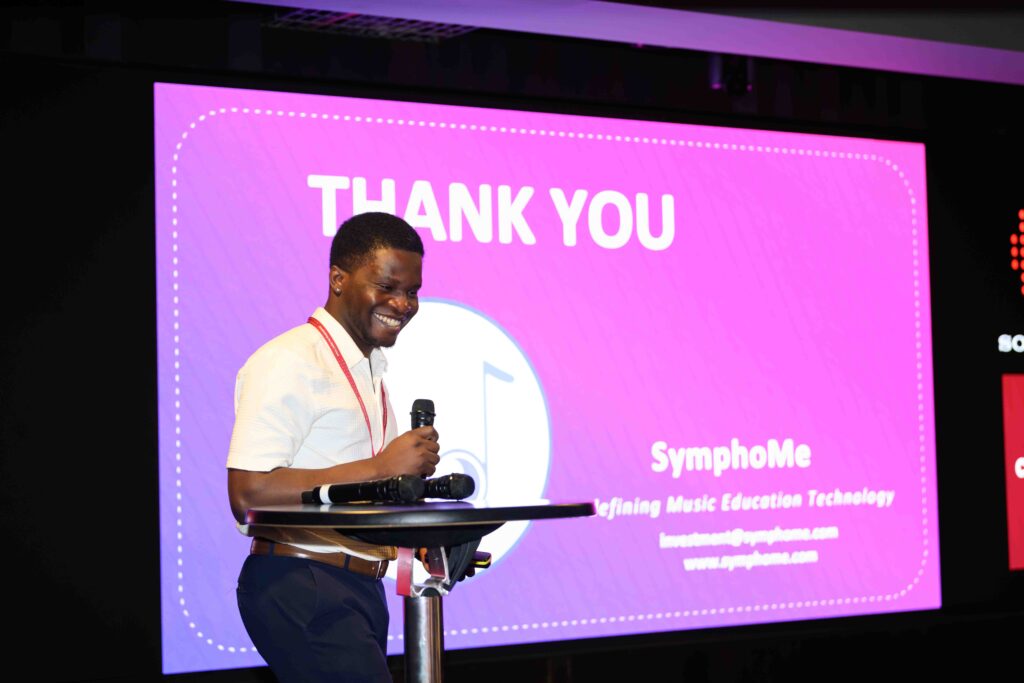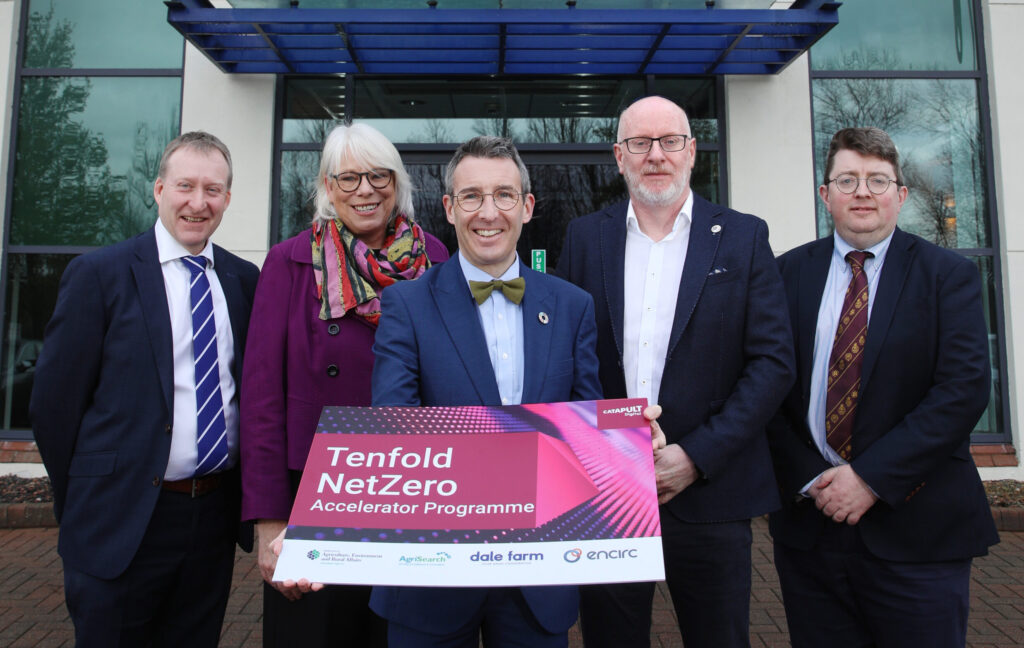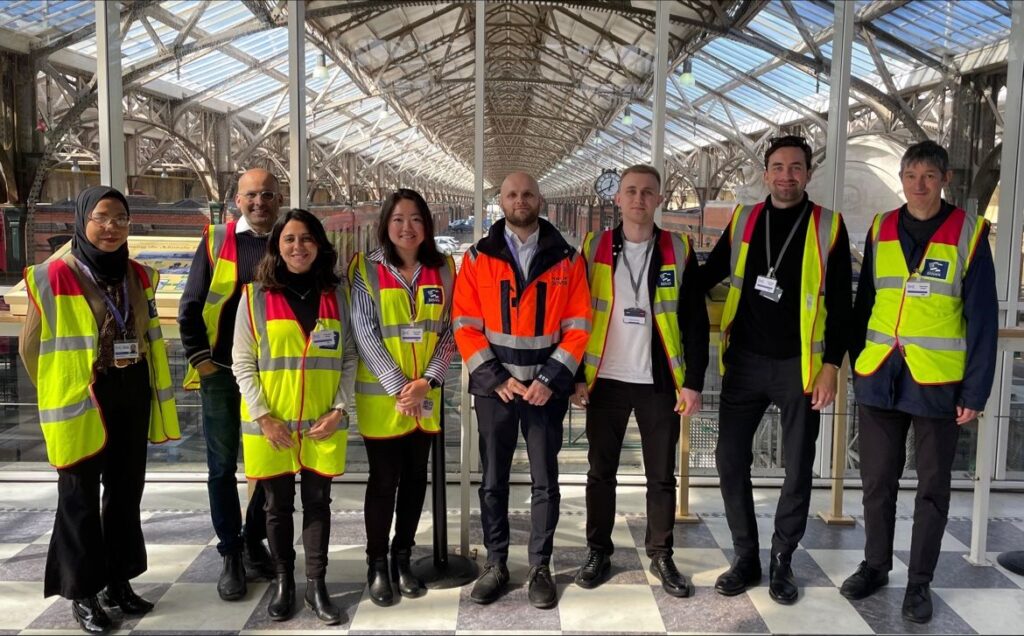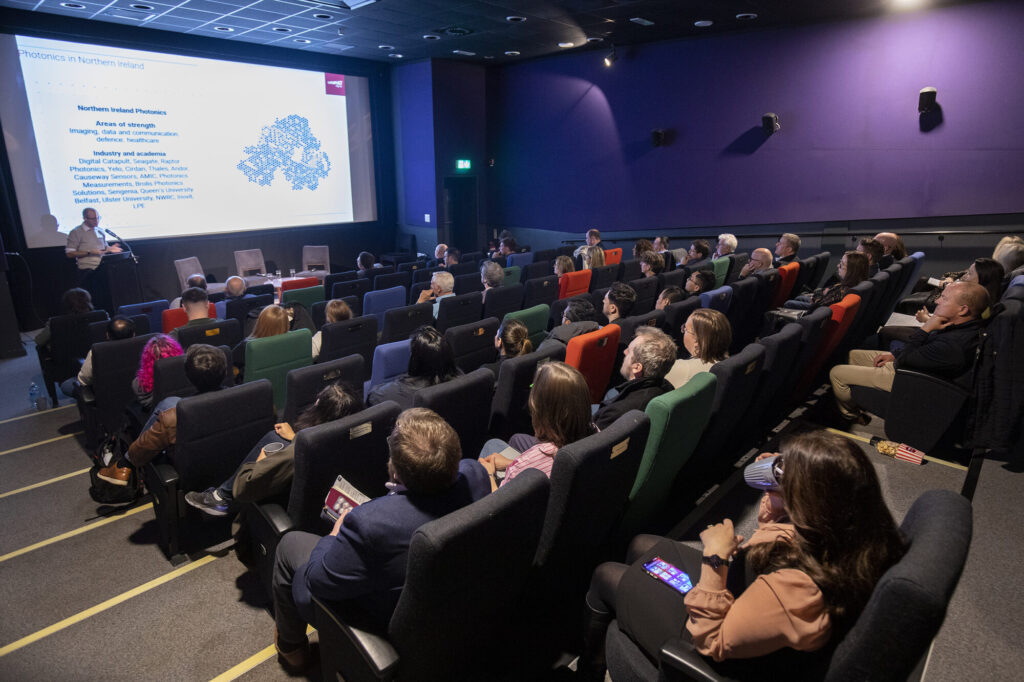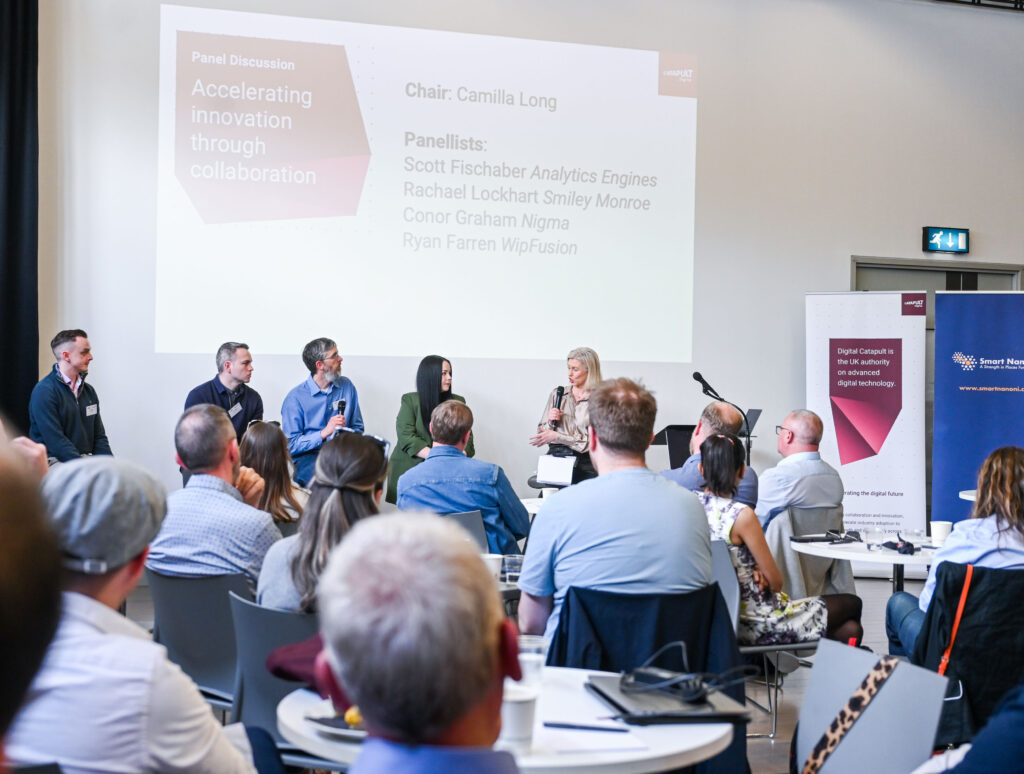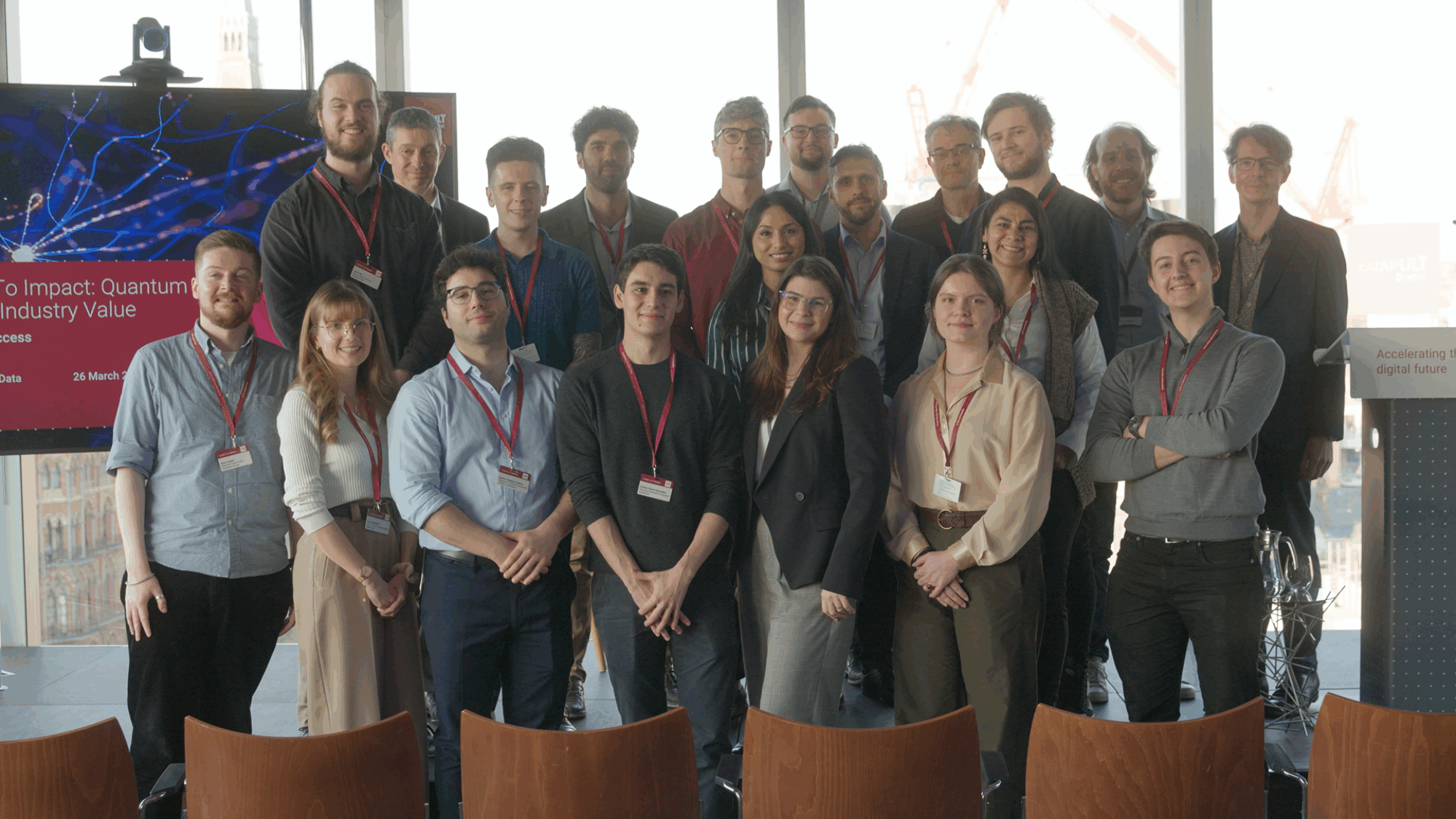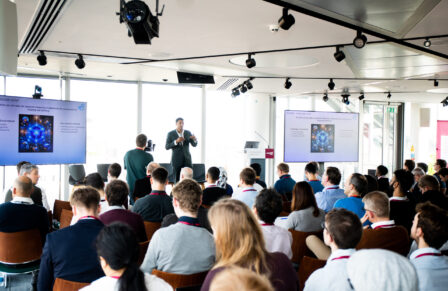The telecommunications industry is rapidly evolving, driven, in part, by innovations such as quantum communications and quantum computing. With the potential to revolutionise security and increase the speed of problem solving, large corporations and pioneering startups are increasingly looking to the potential of quantum technologies to solve ever more complex business challenges. And the government is positioning the UK as a key player in this field, with a £2.5 billion commitment over the next 10 years.
Vodafone recognised Digital Catapult’s Quantum Technology Access Programme as an opportunity to explore quantum computing’s potential to optimise its telecoms network. This innovation programme gives UK-based companies the opportunity to bridge the gap between quantum computing’s complex concepts and practical industry applications by providing participants with the opportunity to upskill their workforce, build valuable partnerships, and explore real use cases of quantum computing.
19 companies have worked with Digital Catapult and partners including ORCA Computing and Riverlane to scale pioneering new solutions and accelerate the practical application of deep tech innovation across a range of sectors including telecoms, defence, transport and energy. Delivered on behalf of UKRI, Digital Catapult provides innovation and technology consultancy as well as opportunities to learn from qualified technologists and industry experts.
Investigating telecoms network planning through the Steiner Tree Problem
Vodafone expressed an interest in quantum research, with a team focused on quantum networking, communication, computing, sensing, and the transition to quantum-safe cryptography. The programme provided the team with an invaluable opportunity to use the ORCA quantum computer and access expert training around practical adoption of quantum technologies.
As part of the programme, Vodafone explored the Steiner Tree Problem – a mathematical puzzle aimed at completing a partially built network as cost-effectively as possible. The problem involves a set of points or nodes (like locations in a city), with a subset of those nodes needing to be connected. The objective is to determine the shortest possible network that connects all required points in the most cost-efficient way, for example, adding a new housing development to an existing city’s broadband layout.
Each newly added network node increases the value of the network, and the cost of each connection depends on how it is achieved. Although solving this problem efficiently for large networks is very important for telecoms organisations, it remains a difficult challenge, because the cost of the computation rises exponentially with the size of the network.



























